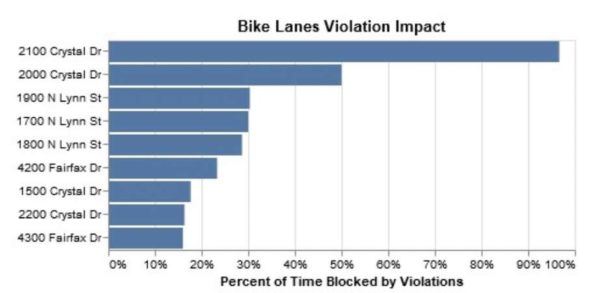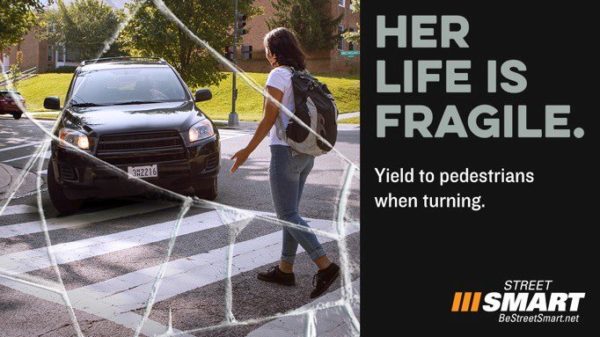 Modern Mobility is a biweekly opinion column. The views expressed are solely the author’s.
Modern Mobility is a biweekly opinion column. The views expressed are solely the author’s.
Back in January, I kicked off this series looking at the Pike Premium Transit Network.
2020 is the year that the Columbia Pike Streetcar was supposed to start running; since many folks claimed that a “Modern BRT” system could be implemented more quickly than a Streetcar, I’m examining how far we’ve come in that implementation compared to what was envisioned.
If you need a refresher, Part 1 introduces what was envisioned for the Pike Premium Transit Network. Part 2 looked at progress on features to improve bus travel time. Today, we will look at convenience & dependability features.
Hours of Operation
Our BRT system was supposed to be there, and reliable, at all hours to support a car-free lifestyle. 5:30-1 a.m. on weekdays, 6:30-1 a.m. on Saturdays, 6 a.m.-11:30 p.m. on Sundays according to the FTA Alternatives Analysis. This is the kind of “all-day, every day” operations that people can count on for their primary means of transportation.
For some parts of the Pike, we are achieving or even exceeding this. Where all of the Pentagon City Pike Buses overlap (approximately Carlin Springs Road to Pentagon City) there is service from 6 a.m. until 2:30 a.m. on Weekdays & Saturdays, as well as Sundays 6 a.m.-11:30 p.m. thanks primarily to the early & late night service of the 16E. Service to Skyline, however, falls far short of this service achieving something more like 6 a.m.-10 p.m. on weekdays, 7 a.m.-9:30 p.m. on Weekends.
Grade: B
Peak Frequency
To be transit that “just works” for people, our BRT system needs to come frequently enough that you can just show up without having to consult a schedule and plan your trip around said schedule. This is especially important during peak commuting times, with the BRT alternative to the streetcar planning a bus every two to three minutes.
Once again, the County is pretty close on the core of the Pike, but falling down a bit if you are coming from Skyline, if you are trying to get to a specific metro station, or if you are heading west from a particular MetroRail Station. For those traveling east on the core of the Pike and who don’t care whether they’re going to Pentagon or Pentagon City, a bus comes approximately every 3 minutes and 20 seconds, but this falls if you you’re westbound or need to get to one of those two MetroRail stations and not the other.
Grade: B-
Off-Peak Frequency
To really enable car-free living, our BRT system needs to be convenient and reliable for non-commute trips as well. The majority of trips that people make take place off-peak. The BRT alternative envisioned a bus every six minutes off-peak and, to be honest, we aren’t every hitting that and we’re only close if you’re starting on the core of the Pike (not from Skyline), heading east and don’t care which Metro station you’re going to. In those cases, while mid-day headways are just over six minutes, trying to catch a bus between 10-11 p.m. on a weekday you’re looking at a bus every 12 minutes, Saturdays are generally around every 7.5 minutes and Sundays every 8.5 minutes. If you’re heading west from Pentagon or Pentagon City you’re only getting half of those buses so you can double those numbers (so every 24 minutes weekdays from 10-11 p.m.). Same if you’re heading east but specifically trying to get to Pentagon or Pentagon City.
Grade: C






